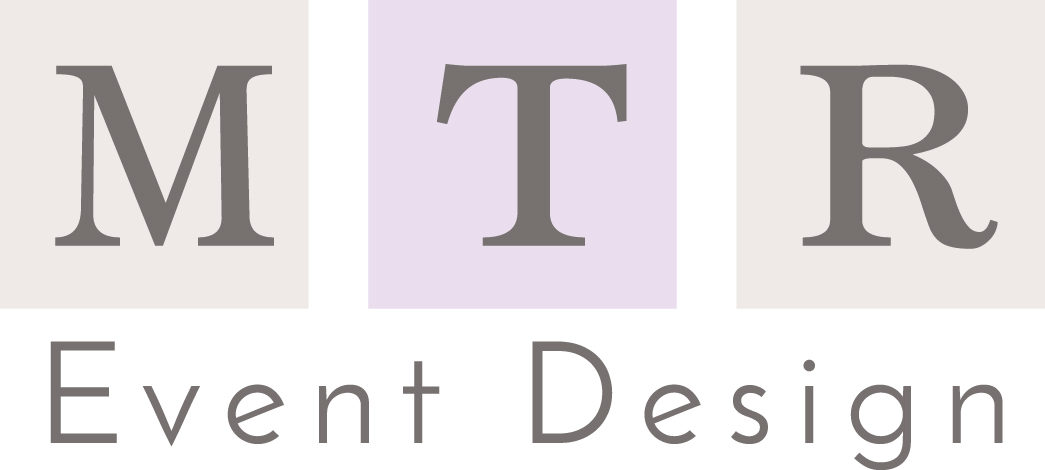The coronavirus outbreak limited our in-person interaction, and it changed the landscape of events. While live events are back, we are still seeing some events continue to be virtual. Therefore, it is important to be prepared for any challenges so do not forget the immediate actions you took to move your events and programs online. What type of event do you want to plan?
What is best for your business?
Beginning in 2020, our new normal encompassed social distancing, remote workstations and elimination of in-person and public gatherings; moving forward, Many companies had to take a hard look at their business event strategy and make sure they were still positioned to make changes immediately for their event planning. This is something you want to evaluate more often and not only during a pandemic.
Since then many businesses have shifted to digital across the board and have produced great alternatives with well thought out plans for engaging events and conferences; it is a good idea to continue to take a measured approach to identifying what can convert to digital and what is best at an in-person event.
Whether you are a large company dealing with hundreds of scheduled events on the horizon or a small or mid-sized business with a handful of major events planned, here are five reminder tips that have helped many convert their live in-person strategy to a live digital event strategy.
1. Keep your Events Committee and Board Active
This group of professionals should consist of your core team of go-to marketing events experts and may also include partners or resources from other teams like technology, audio/visual, and project management, for example. These leaders continue to provide guidance to help businesses understand what is happening on a global scale so that they may better act in their own local markets. These important people streamline processes and communication around any changes in business strategy, as well as train their team members on how to respond in this unique environment.
2. Evaluate Events
Stay realistic about what is necessary and keep the following in mind:
Should you cancel?
Remember how long it took to schedule and plan in-person events? These events cannot be executed well digitally especially in short two-to-three-week time frames. Networking-focused events also do not always translate well to virtual events. What has worked for many is to create some fun elements that are engaging and interactive, which has had much success with our clients with their networking mixers and large conferences.

Convert to digital
Evaluate what can remain in a digital format, and what can be postpone. Events that adapt well virtually are those that are Education and Product-focused. Think about what your customers and audiences could benefit from currently.
Consider consolidation of similar content
Think about creating fewer events with bigger and broader audiences, if remaining virtual. Conversely smaller events outdoors, perhaps pockets of company events held in various locations, may be the goal.
Identify what success looks like
As you evaluate what to cancel and what to convert, think about what success would look like—what do you want to see in the form of attendance numbers, length of time the attendees stay engaged, how many social media shares or content downloads the event is experiencing and so on. Ask yourself if the success goals are achievable for this event in a virtual, hybrid or back to the in-person environment.
3. Take Inventory
Continue to build up the technology resources and team skill sets, in all virtual, hybrid and in-person arenas.
Evaluate your event platforms
If you need a third-party event platform, make sure you do your research on what other companies that are similar are utilizing. If you need some resources, we have many to recommend. Make a list of the key features you want in a platform – do you need better bandwidth charges, analytics, customer support or social media integration? Do a comparison to fit your event needs.

Evaluate your workflow
Do you have access to a studio? Do you need to employ a video team and/or professional production team? Or you have the studio, but need to hire professionals to help with recording and production? All these additions add time and cost and should be carefully considered.
4. Create a Solid Virtual Experience
Do you understand your audience? Do you know their pain points? What will they gain by attending your event? Seek to understand your audience before you begin on the marketing content of your event. Make sure you are offering a unique and valuable experience and one they cannot get anywhere else.
Remember to think like an audience member
How can you help them in their business? What do you have to offer that is unique?
- Will the event highlight big-picture topics? A strategy might be to create a short, prerecorded video content or a TED Talk-style presentation of 15 minutes or less that is engaging and inspirational.
- Is the event more educational in nature? Break topics into smaller pieces, that can be consumed as needed, a video on demand or pre-recorded viewings.

Innovate
Try different engagement approaches. Use pre- and post-digital event surveys to learn what consumers are looking for and how you can incorporate topics into your digital event, whether it is an inspirational message, a product announcement, or a demo.
Use the right format
How would you like your customers to consume the content and to experience the event in the best possible light? Should content be provided in video format? And if choosing video, is it better to livestream or is pre-recorded content sufficient? Would a blog post, an email or some other formats be better?
5. Keep your Promotional Strategy Top of Mind
Think about your audience. Where do they spend their time? What key messages spark their interest?
Do you know your audience’s behavior, what platforms do they frequent? Whether the mode of communication is Facebook, Instagram, LinkedIn, or email, consider how much to promote and when. Is your content different? What are the highlights? Will your audience care about the content you are presenting? How will they benefit? And why now?
Customers will continue to be bombarded with some form of communication, email, text, or social media post each day – your link to an engaging virtual experience needs to stand out.
We are mid something none of us have been through before. Consider the event strategy that got us to lean in at the beginning of this pandemic, as we transformed from cancelled in-person events to virtual events and conferences.
This new landscape of events, operations and processes will need your utmost attention. Will your customers feel satisfied with the virtual experience, will they get more from a hybrid format? Are you prepared when doing hybrid to ensure both audiences have a wonderful experience? Do they absolutely need to go back to in-person? Depending on the answer, be prepared to offer the best experience possible.
